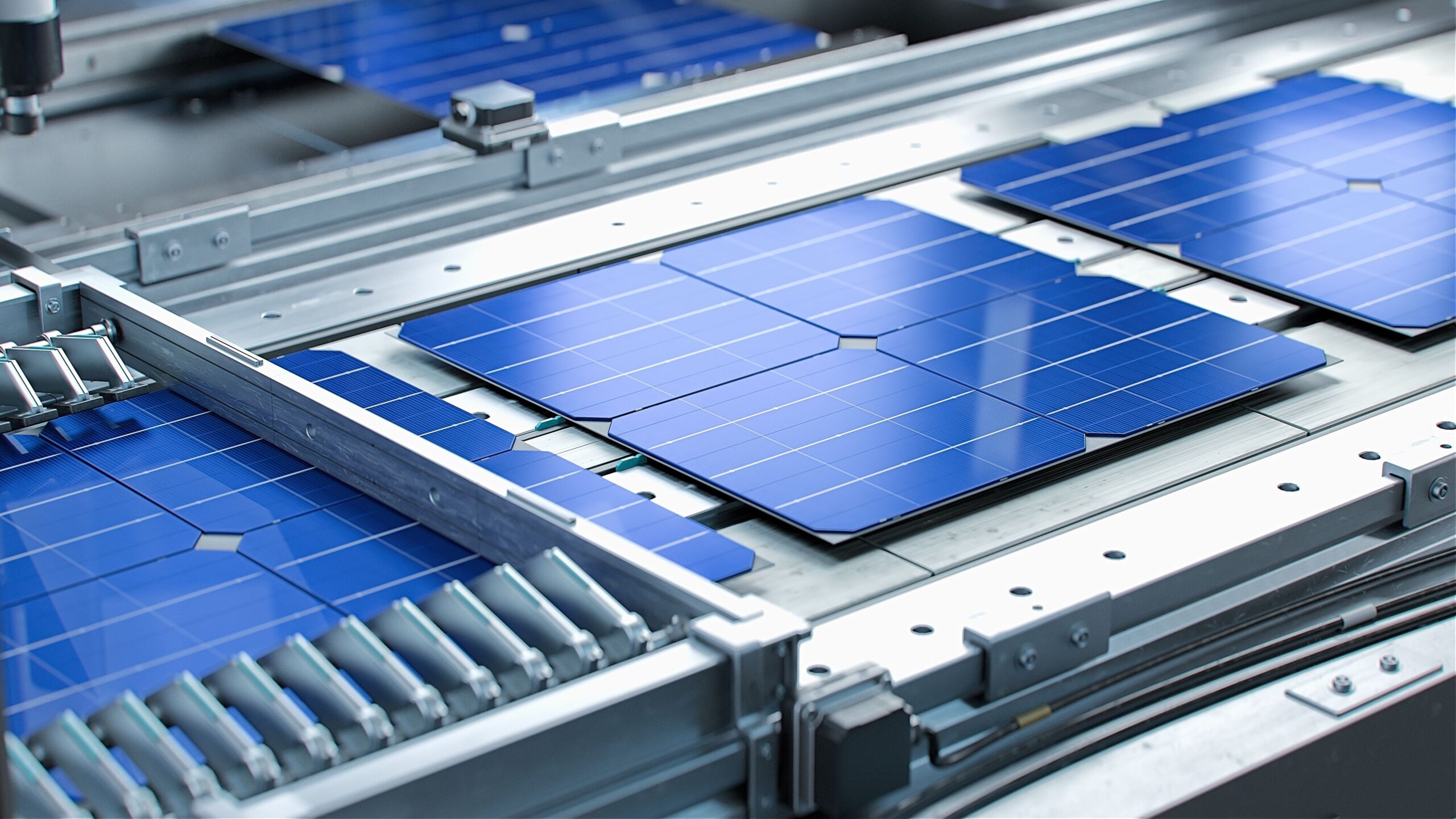Blog: Digital retrofit for legacy systems – paving the way for Industry 4.0
Blog
Digital retrofit for legacy systems – paving the way for Industry 4.0
Machinery and plant parks are indispensable for many companies, but many of them are no longer state of the art. These so-called legacy systems have a shortcoming, they lack the connectivity to integrate them into digital workflows. In our blog, we show you the positive effects of a digital retrofit on three application scenarios.
As digitization progresses, many companies in the industrial environment are facing a major challenge: How can legacy systems be integrated? They lack two essential factors: the data interface and the sensors for collecting the data. A digital retrofit enables upgrading the legacy systems with the necessary sensor and control technology. This not only increases performance, but also improves the quality rate.
The application scenarios for a digital retrofit are broadly diversified. We have already given you a first insight in our blog «Integration of legacy systems through digital retrofit». Using three further examples, we will show you the practical use of the retrofit and its positive effects:
- Metal production: Detecting quality fluctuations in the manufacture of metal products such as tubes, components or body parts at an early stage is crucial. Thanks to a digital retrofit with which old systems are equipped with the appropriate sensors, fluctuations in production can be minimized. Production control can be designed to be reactive; adapting to fluctuations measured by the sensors. As a result, continuous traceability can also be ensured throughout the entire production process. The combination of decentralized data acquisition and centralized data analysis can also contribute to scrap reduction and more cost-effective production.
- Surface treatment: By combining digital retrofitting with predictive maintenance, wear times for machining tools can be better predicted. The use of additional sensors paired with the analysis optimizes the processes in several ways: on the one hand, highly stressed components can be used longer in surface treatment, on the other hand, this reduces material consumption and downtime. Productivity can thus be increased.
- Electronics production: With the upgrade of legacy systems through a digital retrofit, highly complex, AI-supported test methods can be used for the early detection of component failures in the production process. Not only does this increase productivity rates, but it also simultaneously helps to understand and learn to fix emerging anomalies.
The sustainable modernization technology retrofit is an important enabler for Industry 4.0. Without them, valuable and in some cases indispensable legacy systems and production facilities would be lost, which would be accompanied by an immense loss of value.
Have we aroused your interest? Then contact us and we will be happy to answer your questions.
- Merger of Substring and LeanBI - December 31, 2023
- Blog: New optimization potentials thanks to AI and physical models - July 14, 2023
- Blog: Acceleration of development through AI and physical models - June 20, 2023

